Arkeofili [external link], a Turkish online magazine and portal dedicated to archaeological news and reports on archaeological sites and discoveries in Turkey and the world again approached DAI’s Göbekli Tepe research staff with a couple of questions regarding the current state of research (for another interview in 2016 see here).
The interview was translated into Turkish and can be found on the Arkeofili website [external link], where an English version has been published as well [external link]. We are sharing the latter here with kind permission from the Arkeofili staff.

Building archaeological recording underway in the southeast hollow (main excavation area) at Göbeklitepe (September 2018). The new permanent shelter provides visitors not only with unprecedented views of the excavated monumental buildings but also allows them to get close to the archaeologists working at the site. (Photo: DAI, Göbekli Tepe Archive)
Unknowns About Göbeklitepe
(Interview by Arkeofili staff with Lee Clare, DAI.)
1. What is Göbeklitepe? Is it a temple?
First and foremost, Göbeklitepe is a prehistoric site from the late 10th and 9th millennia BC (~9,500-8,000 BC). It is an artificial mound – or höyük – comprising archaeological deposits from a period lasting some 1500 years. These deposits include architectural structures, midden deposits and sediment accumulations. Excavations have produced large amounts of faunal and botanical remains, flint and groundstone artefacts, as well as animal and human depictions and sculptures.
Turning to the interpretation of the site, I have always stressed that the proposed function of Göbeklitepe as a “temple” is highly problematic. As it stands, this term would presuppose, for example, the existence of deities and a trained clergy. Furthermore, it would imply that the “temples” – in addition to being a place for divine worship – exercised some form of economic power. This interpretation is wholly unrealistic for the Stone Age communities living in the tenth and ninth millennia BC. Such “temple economies” do not appear until at least the late Chalcolithic / Bronze Age.
Certainly, this realization does not change the fact that the large T-pillar buildings discovered at Göbeklitepe are very special. Indeed, they are among the earliest monumental buildings known to us anywhere in the world. As to their function(s), of course, they would have played an important part in the ritual traditions of the community, as implied by their sheer monumentality and long biographies. However, the buildings would have had other crucial functions, not least as spaces for social gatherings and as physical expressions of local traditions and identity, as suggested by the numerous depictions of animals, humans and related symbolism.

Building D at Göbeklitepe is the best preserved of the monumental buildings so far excavated. The T-shaped pillars reach a height of approx. 5,5 metres and are carved from one piece of limestone. Interpreted as stylised representations of human-beings, the T-pillars appear to congregate (as if participating at a meeting) around the two taller central pillars. (Photo: DAI, Göbekli Tepe Archive)
2. Is Göbeklitepe a meeting point?
Strictly, speaking, all settlements are “meeting points”. Göbeklitepe would certainly have attracted groups and individuals from other sites and regions. However, we should not ignore that Göbeklitepe is one settlement in a whole network of T-pillar sites which would have existed in the Şanlırfa region some 11,000 years ago. Not only this, there are many other contemporaneous sites known from along the Upper Euphrates in northern Syria, and further east in the upper Tigris region (Körtik Tepe, Gusir Höyük, Hasankeyf Höyük) and northern Iraq. Göbeklitepe was one cog in a whole early Neolithic mechanism, and we would do well to remember that. An archaeological site should ever be considered independent of its chronological and cultural context.

The two central T-pillars of Building D were inserted into carved pedestals. The building itself was constructed upon the natural limestone bedrock which had been carefully smoothed. The area between the two pillars has not yet been excavated. The fill of the monumental buildings typically comprises fist-sized limestone rubble, stone artefacts, and large amounts of animal (and occasional human) bones. (Photo: DAI, Göbekli Tepe Archive)
3. What time of the year hunter gatherers were came together in Göbekli? Is there any information about that?
Of course, hunter-gatherers are highly mobile, they have to be; however, we also know that they can live in semi-sedentary and even sedentary settlements. This is something that we are currently investigating at Göbeklitepe. In other words, we desperately need to re-assess the paradigm that has emerged around the site over the last two decades: We were told that Göbeklitepe was a purely ritual site, lacking domestic activities; we were told that there was no water at the site to support (semi-)sedentary communities; and we were told that great feasts were held to coerce a workforce to construct the monumental buildings. It is time to scrutinize these (and other) conclusions, based not only on new archaeological evidence but also with a revised theoretical approach. Unfortunately, the present Göbeklitepe paradigm is proving difficult to tame. And let me be quite clear, it is not about forging a new version of the paradigm, and my statements here are not meant to be disrespectful to any of the colleagues who have worked at the site in the past. It is only natural that new discoveries and approaches lead to new interpretations. This is science.

Pillar 18 (P18) is the eastern of the two central pillars in Building D. The carved human attributes are clearly visible, including the arm (bent at the elbow) and the two hands resting on its stomach. On the narrow (front) side of the pillar a belt and loincloth can be made out. Under its arm P18 appears to be carrying a fox. (Photo: DAI, Göbekli Tepe Archive)
4. What has Göbeklitepe changed about what we know about history?
Well, I suppose that Göbeklitepe has changed our perception of late hunter-gatherer societies in that we now know that these groups were capable of constructing monumental buildings with monolithic T-shaped pillars carved from local limestone. But again, why just Göbeklitepe? This was already known from Nevali Çori, and T-pillars are now known from numerous other contemporaneous sites in and around Şanlıurfa.
Another important point: It is frequently stated that demands on subsistence during the construction of the megalithic buildings at Göbeklitepe could have encouraged the domestication of wild resources, i.e. with the newly domesticated plants and animals providing a more reliable source of food for the hungry workforce. In line with this statement, it is argued that “religion” triggered the invention of agriculture and settled life… and that this happened at Göbeklitepe.
Personally, I would distance myself from all such statements. The emergence of Neolithic lifeways is a process which stretches over many millennia, starting well before Göbeklitepe. Indeed, there were sedentary hunter-gatherer groups living in the Near East and harvesting wild grasses and cereals long before the first monumental buildings were hewn from the limestone plateau at Göbeklitepe. Not only this, so far, there is absolutely no viable evidence for domesticated plants or animals at Göbeklitepe; everything is still wild. Once again, I feel that the bigger picture is being ignored in favour of just one archaeological site, no matter how impressive that site is.

Pillar 43 (P43) Building D features a vast array of different images, including animals, geometric patterns, and perhaps even depictions of the monumental buildings themselves. P43 also features one of the very few images of a human-being found carved onto a pillar (bottom right). The individual is male (phallus) and decaptitated. (Photo: DAI, Göbekli Tepe Archive)
5. Last year, fragments of three carved human skulls have been uncovered in Göbeklitepe and researchers said that it could be a part of skull cult. Is there any other evidence about the skull cults in Göbekli?
Yes, these skull fragments featured deep incisions which suggest that they were decorated and perhaps even (publically?) displayed. As far as we know, skulls with such deep incisions (carvings) are unknown at other sites in Anatolia/Near East. Nevertheless, the obsession of 9th and 8thmillennium BC communities with the human head is nothing new. The removal of the skull from the dead and the their subsequent manipulation, including the recreation of facial features using plaster and other forms of decoration, as well as their deposition, also as skull caches, have been documented at numerous sites. In fact, I would have been surprised had Göbeklitepe not produced evidence for “skull cult”. Its existence was previously suggested, for example, by the depiction of a headless man on Pillar 43 (P43) in Building D, and numerous “decapitated” human sculptures found at the site.
6. What could depictions on the steles telling us? Is there any human depiction?
Well, this is the big question and there is no simple answer. You are perhaps aware that the T-shaped pillars themselves are depictions of the human form; this is especially evident if you take a look at the two central pillars in Building D with their carvings (in low-relief) of arms, hands, belts and loincloths. If we consider that all the T-pillars in the monumental buildings represent humans, then what we are witnessing in the monumental buildings at Göbeklitepe is a gathering or meeting: Numerous individuals are depicted sitting around two larger individuals who are standing in a central position within the structure.
I believe strongly that the identity of the T-pillar individuals was well known to the communities who created and used these buildings. Again, this is suggested by the two aforementioned central T-pillars in Building D which are shown with different amulets about their “necks”. Additionally, the eastern of the two central pillars (Pillar 18/P18) appears to be shown carrying a fox beneath its right arm. What we are seeing here are clear elements of a longer and broader narrative. What that narrative is, we cannot say with certainty. What we observe, however, is that these narratives featured many of the animals which would have been sharing the landscapes with the hunter-gatherers at this time (snakes, wild boar, aurochs, to name but a few). Indeed, the lives of humans and animals would have been inextricably intertwined.
Therefore, in addition to the important role that (human) ancestors would have played for the Göbeklitepe communities (as implied by the skull cult) the special significance of wild animals should not be overlooked. The prehistoric populations would have known – far better than we do today – the very individual characteristics and behaviors of the depicted species. Without a doubt, each of these animals would have had its own special place in the oral narratives and traditions of the day. Particular species may have featured in foundation myths or were associated with very specific individuals or groups (and their respective traits). Especially the mighty aurochs could have played a special role at Göbeklitepe, as suggested by the frequent depictions of this animal and its bucrania on the some of the pillars. Notably, the tradition of bull-baiting (and with it the significance of this animal) continues throughout the subsequent centuries and millennia, and appears, for example, at the much younger Neolithic site of Çatalhöyük (~7th millennium BC).

Dr. Lee Clare working in Building D, September 2018. (Photo: DAI, Göbekli Tepe Project)
7. Currently, what are the primary research questions you’re seeking answers to?
Our research has many different foci, including lithic and groundstone analyses, building archaeology, stratigraphy, archaeo-zoology, absolute chronology, landscape archaeology… As mentioned previously, our scientific research is currently in what I would refer to as a “transitional phase”. Freed of its old paradigm, I believe that we will see Göbeklitepe in a completely different light. The primary research questions therefore remain the same: When and by whom were the monumental buildings constructed? How long were they used for and what do we know about their biographies? Was there a permanent settlement at Göbeklitepe? What does the symbolism tell us about the beliefs and traditions of prehistoric communities in the 10th and 9th millennia BC? What do we now about hunting practices during the ~1,500 year duration of the site? What were the environmental conditions around Göbeklitepe?
In spite of the many research questions, the coming years will not see large-scale excavations at Göbeklitepe as in the past. We will concentrate instead on excavating small areas in previously opened trenches, also beneath the new visitor shelter. We now have the special privilege to be working at a UNESCO World Heritage site, and all fieldwork must be carefully planned. Any excavations will not just serve to answer our research questions, but they will also contribute to the consolidation and conservation of the archaeology, and make a positive contribution to its improved presentation for visitors.
Thank you for your time 🙂
Thank you!
(Original interview published in Turkish and English at arkeofili.com January 28 2019; republished here by courtesy of arkeofili staff.)
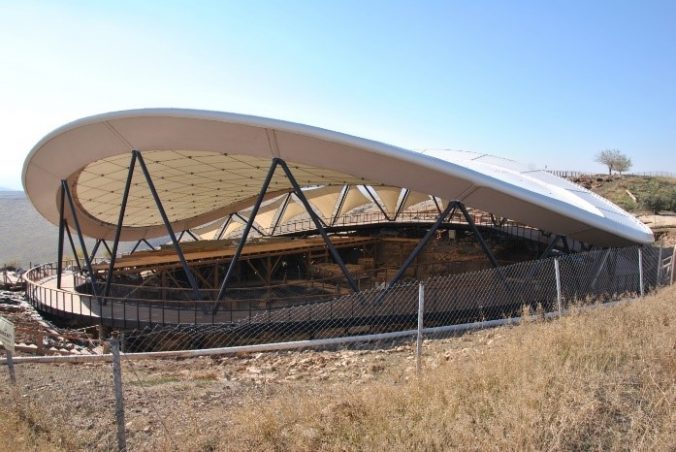
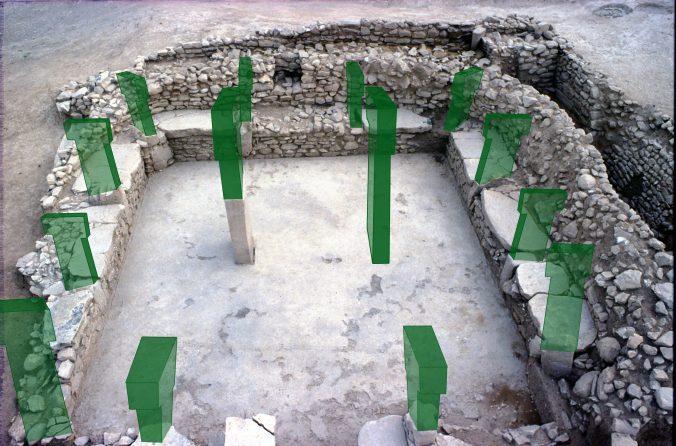
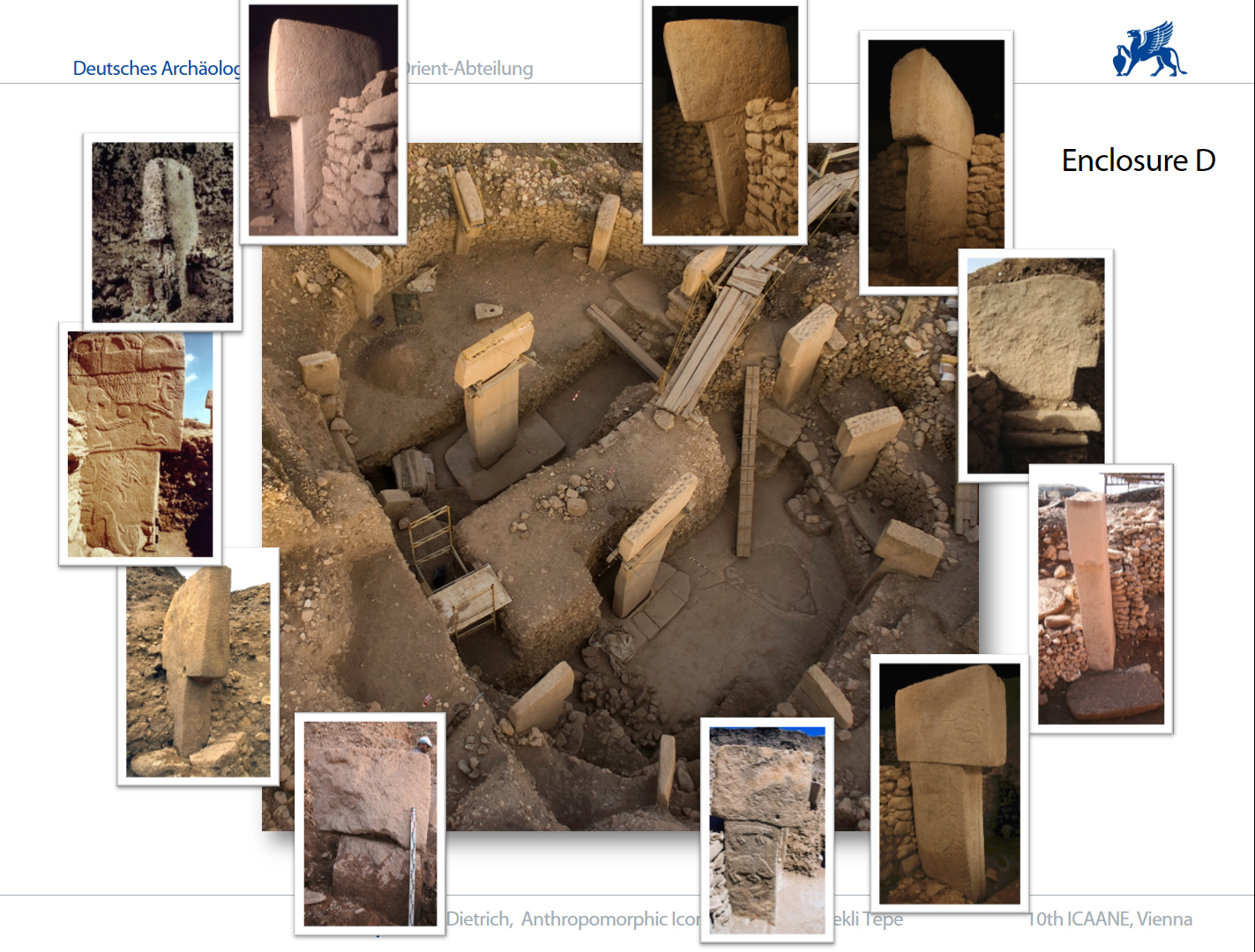
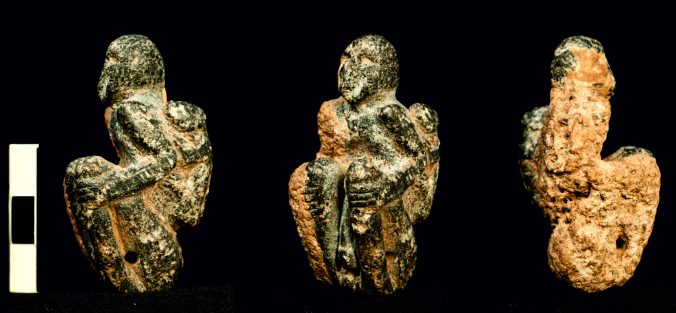
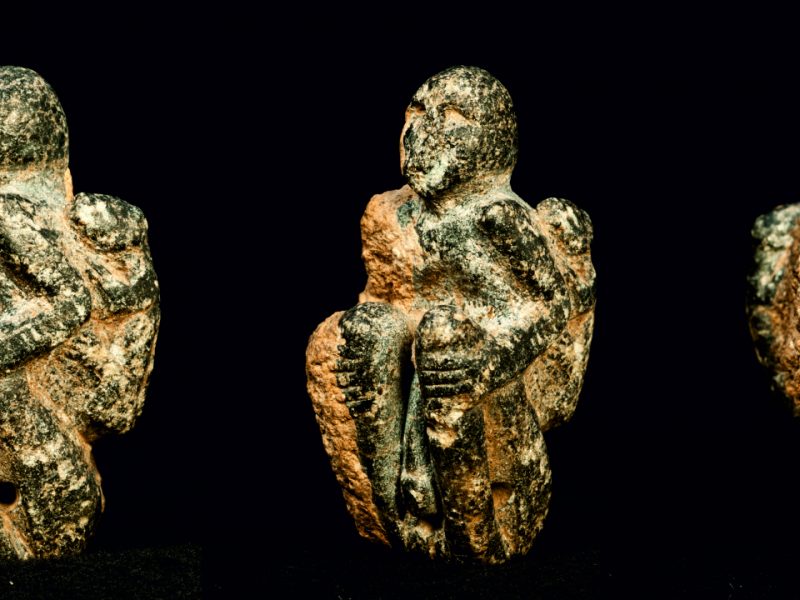
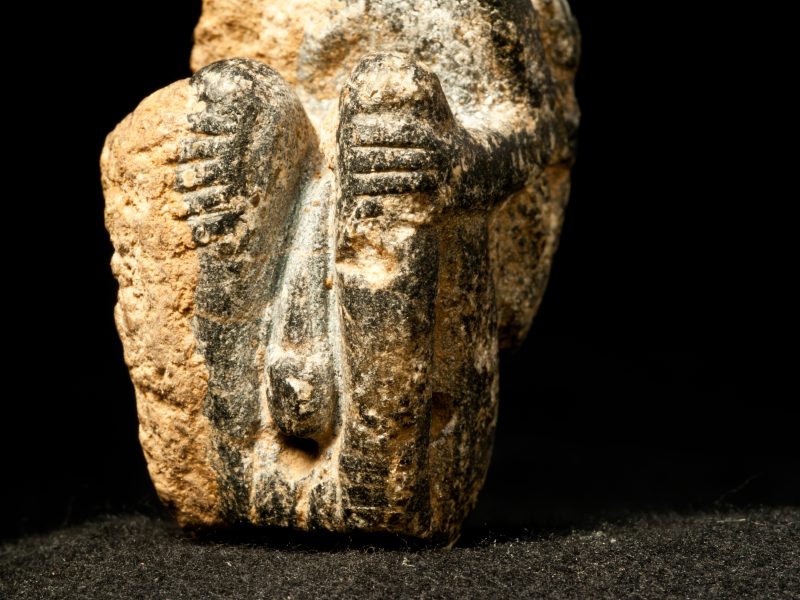
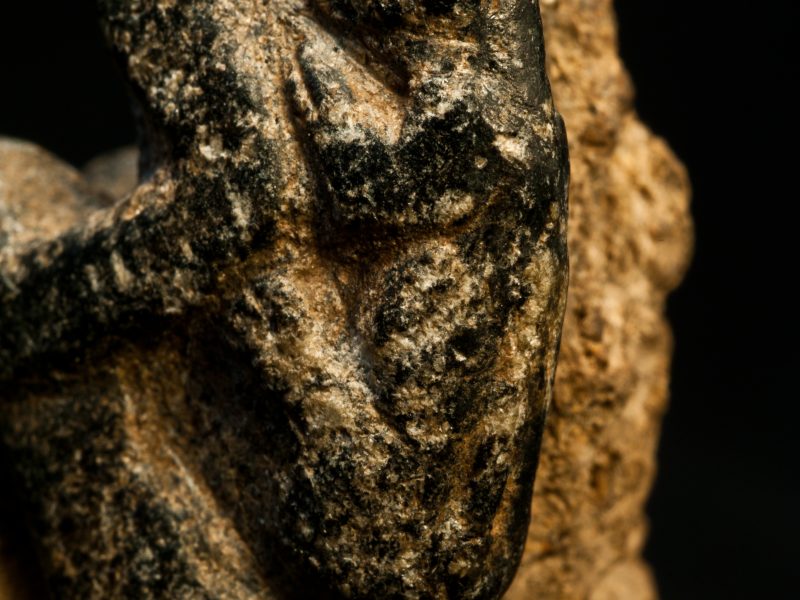
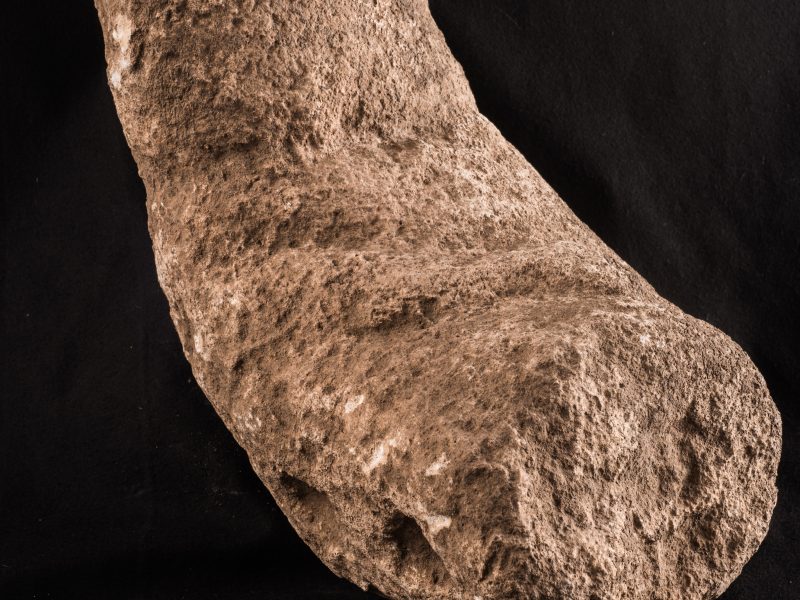
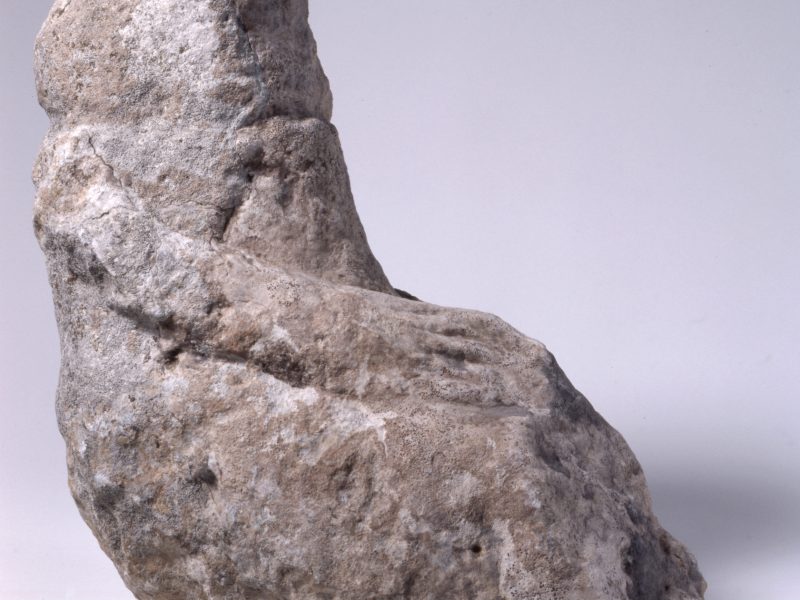
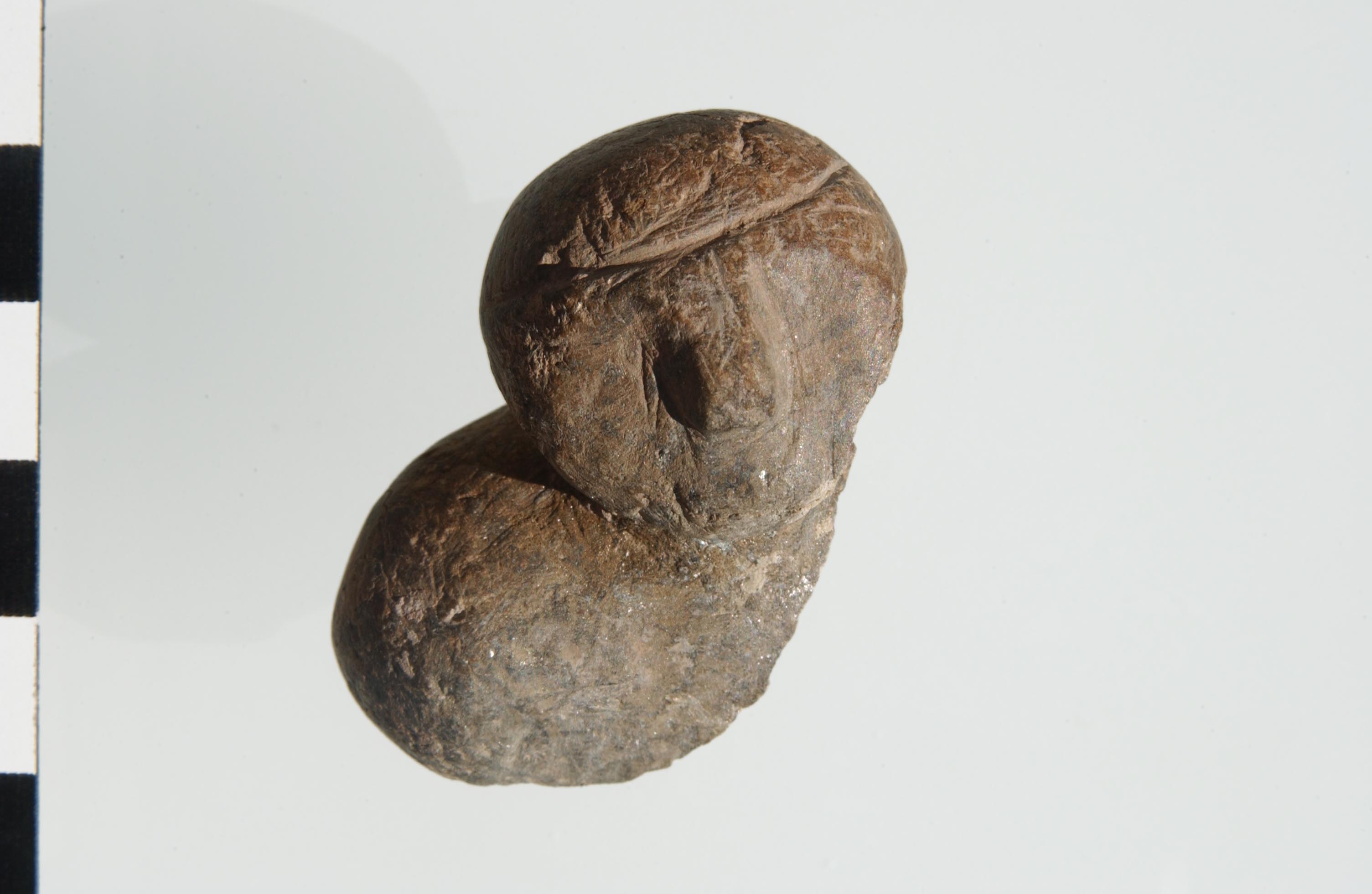
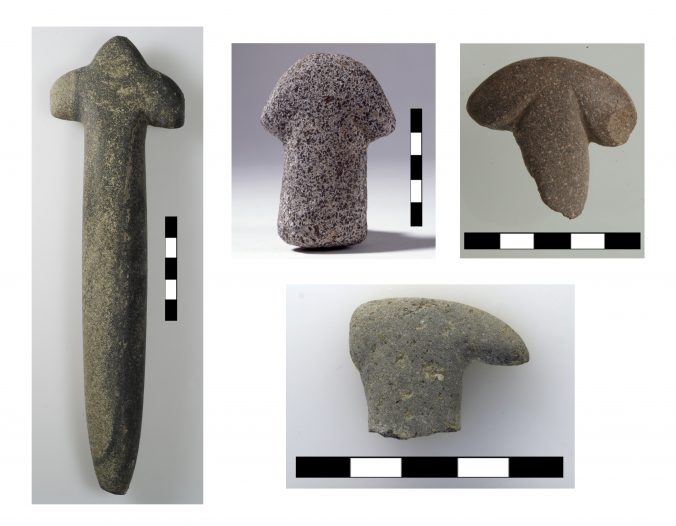



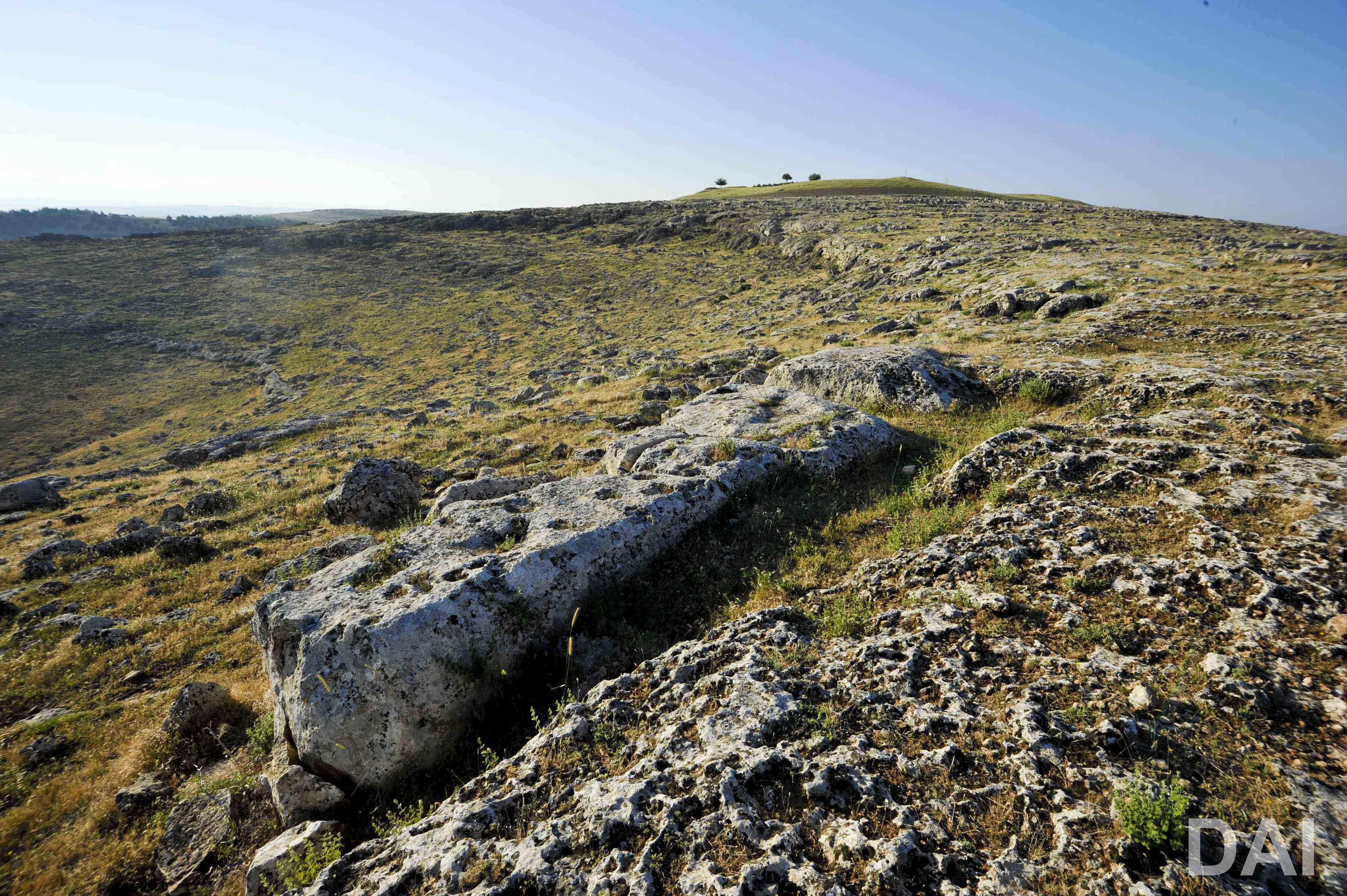
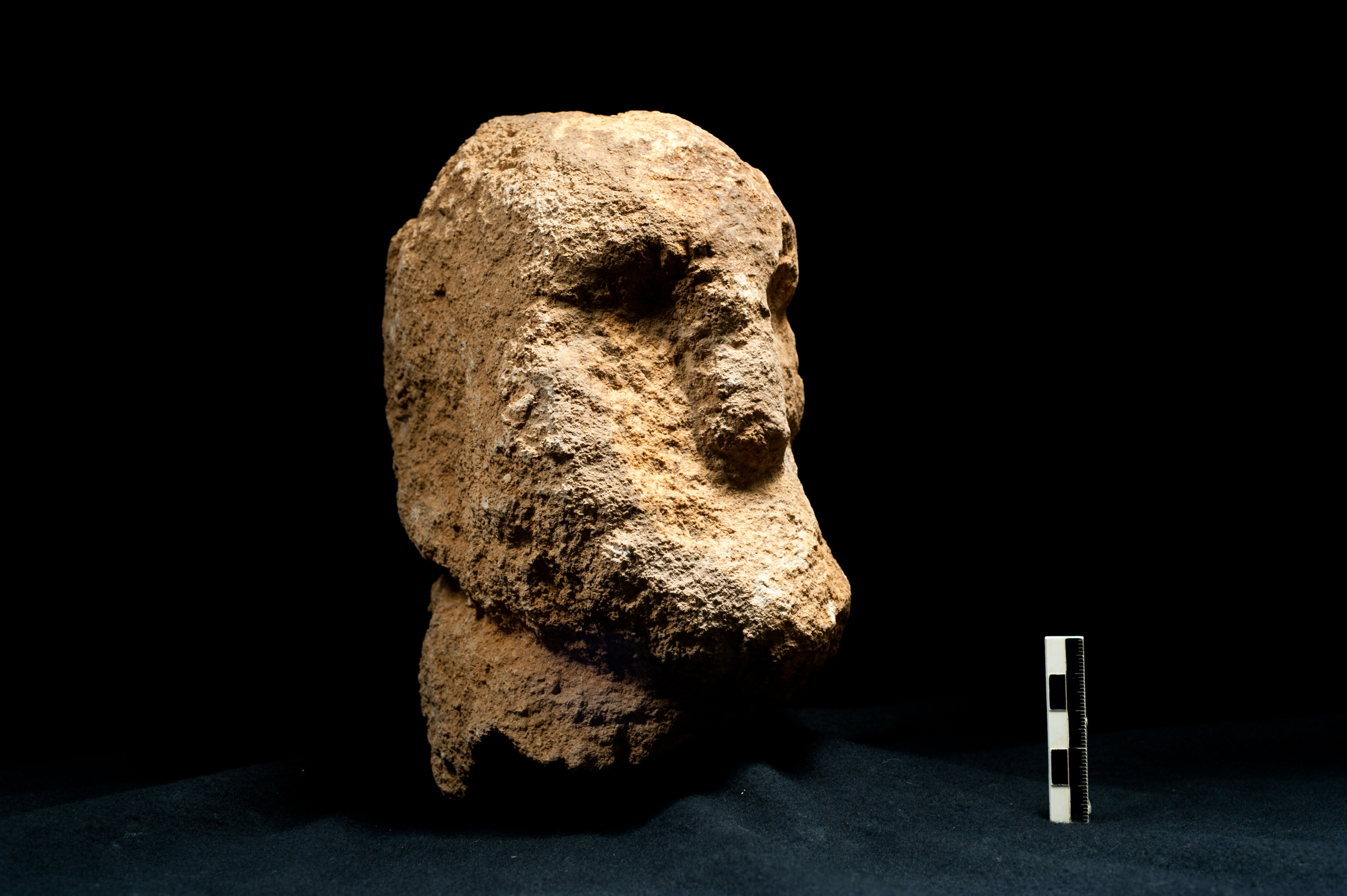


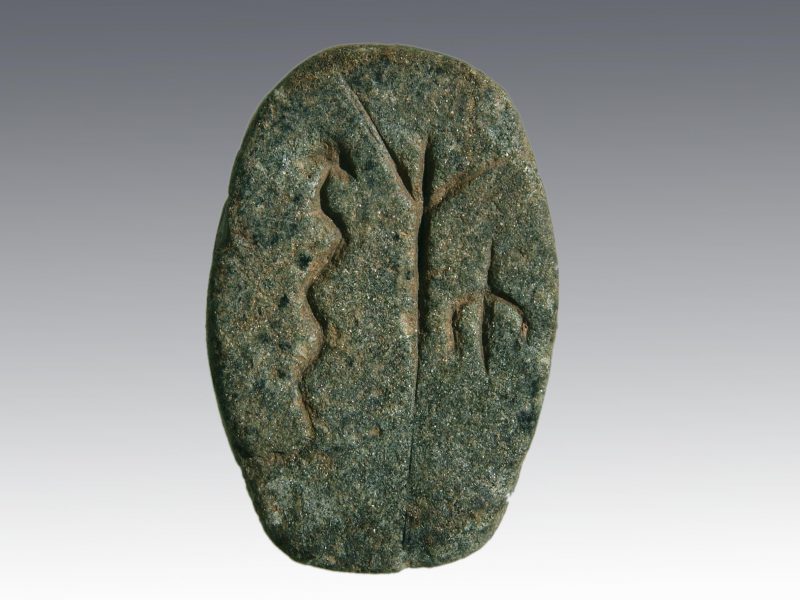
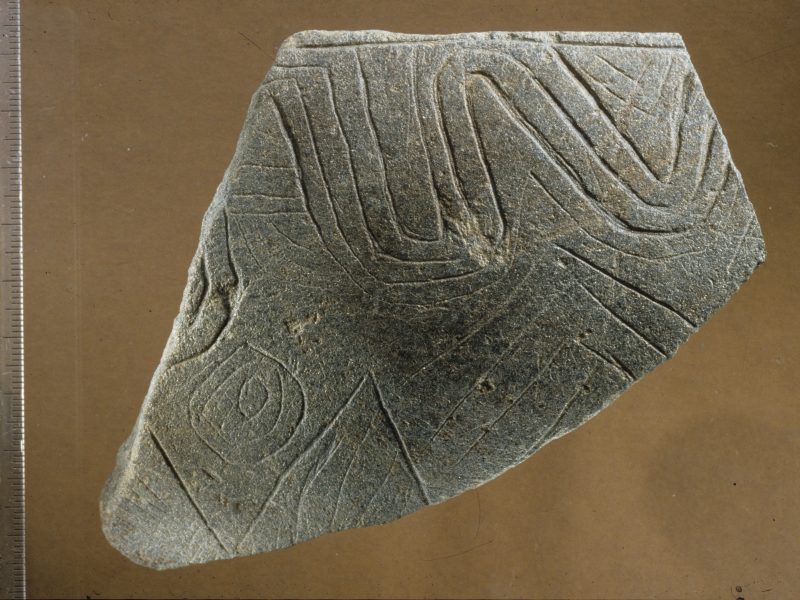
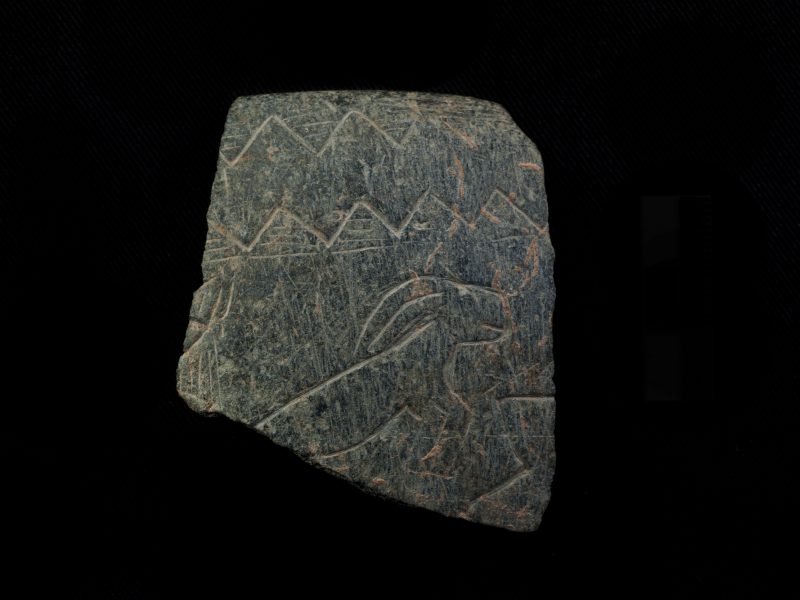
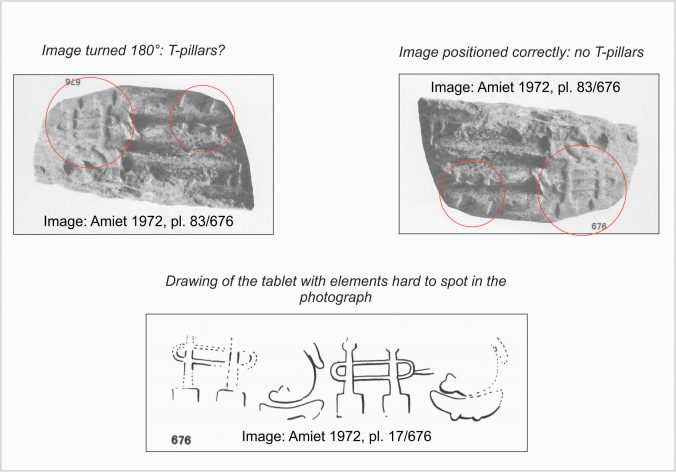
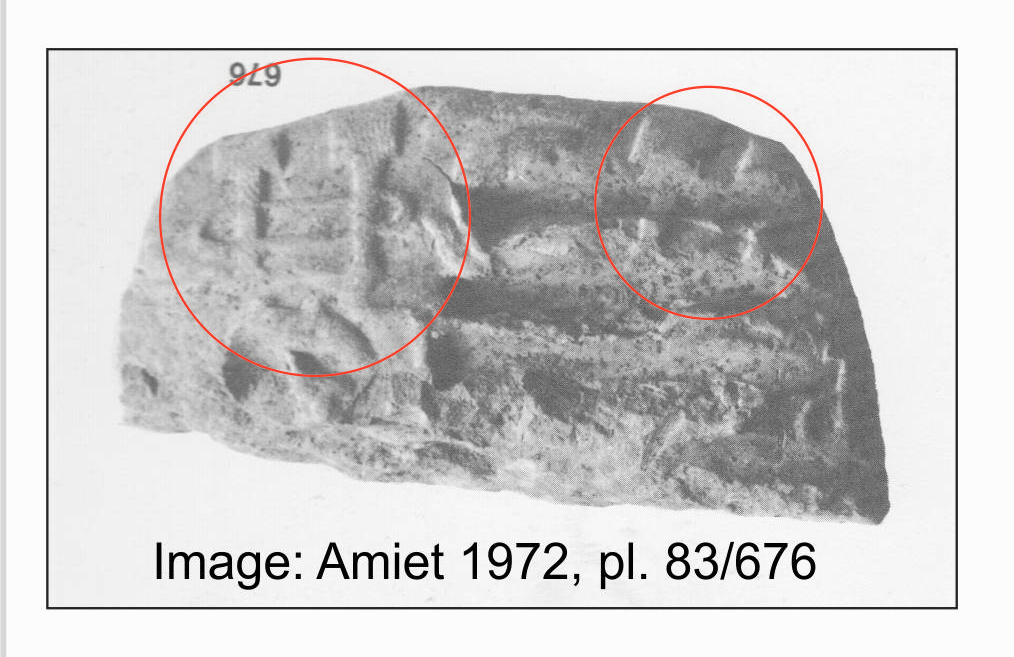
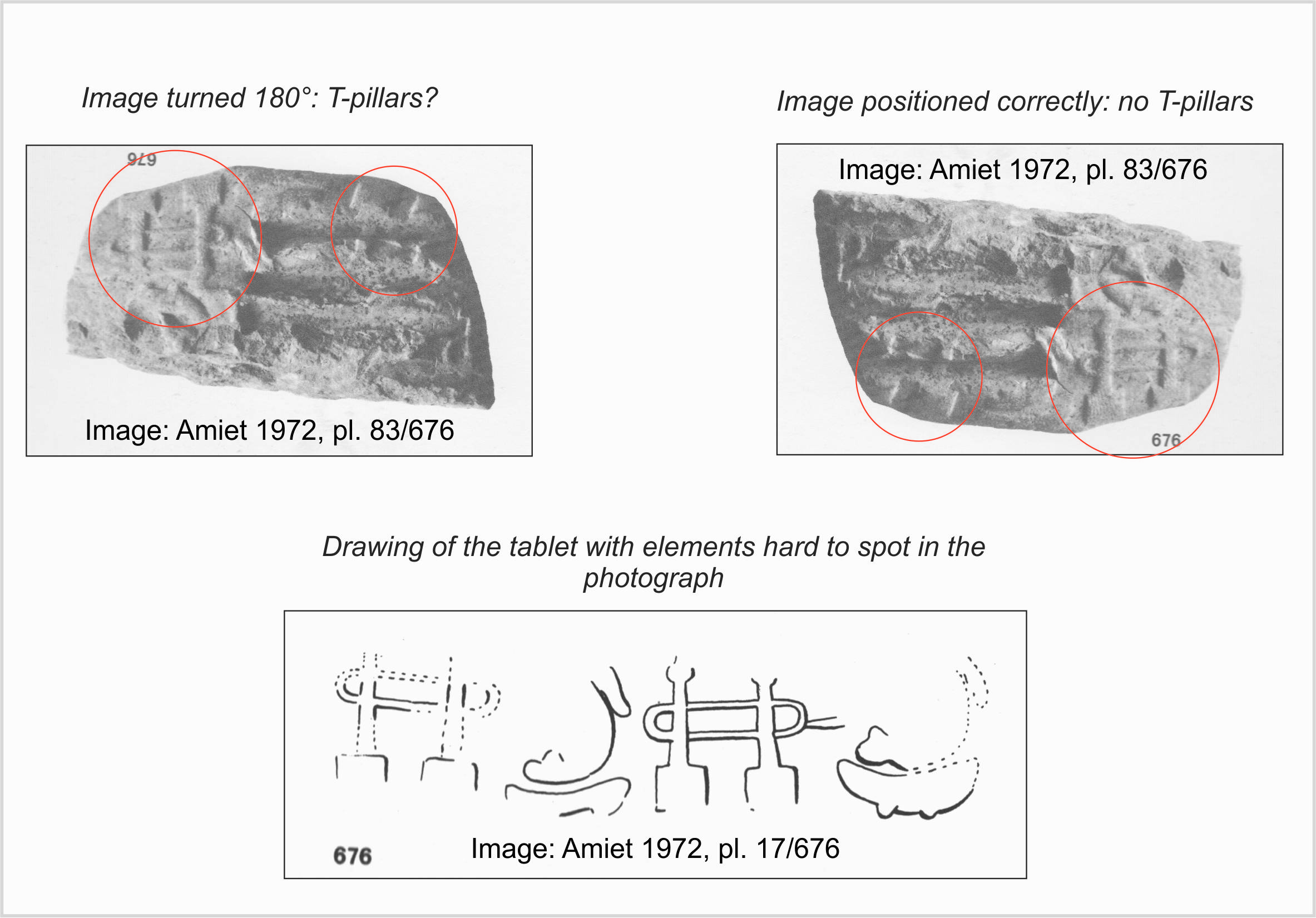
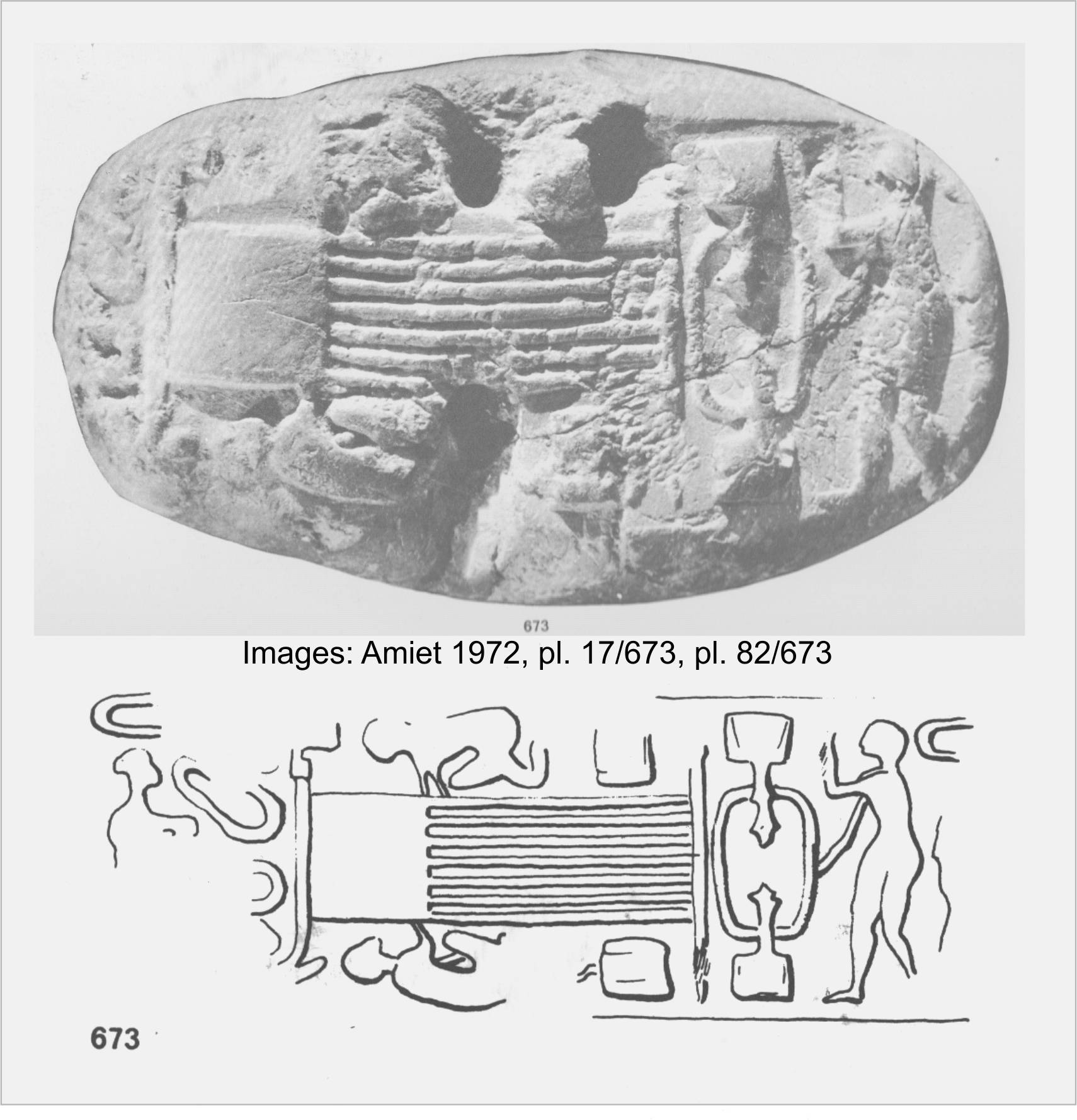
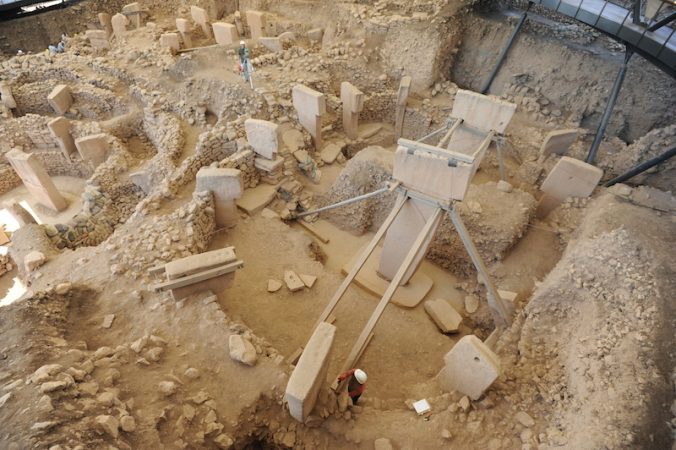
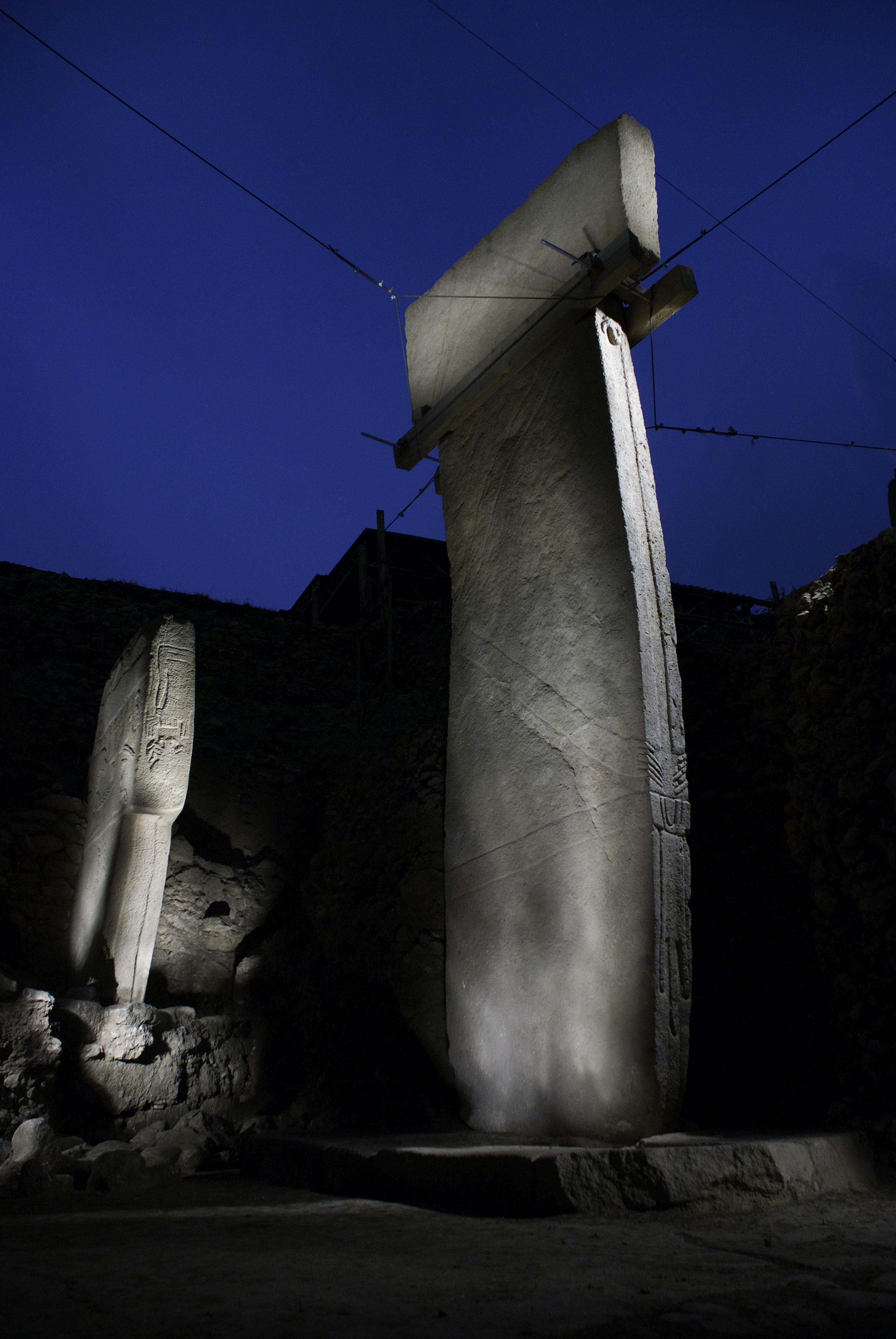
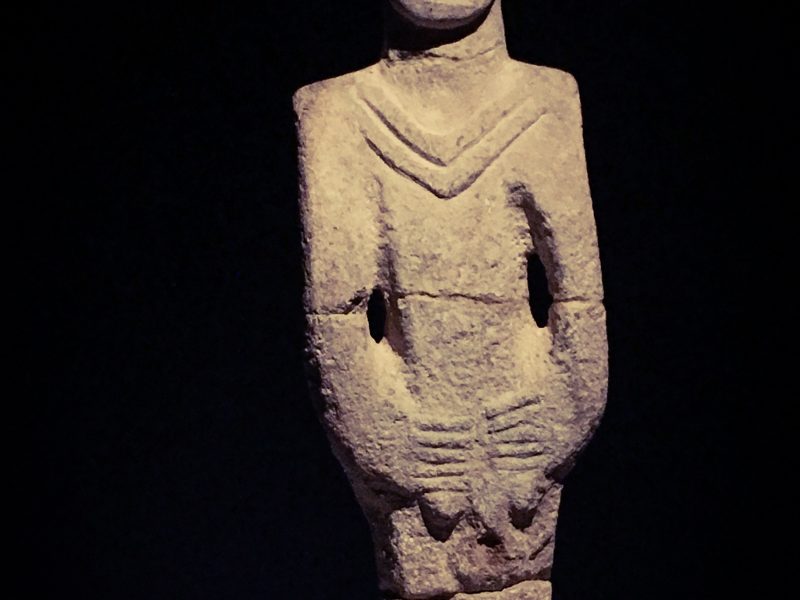
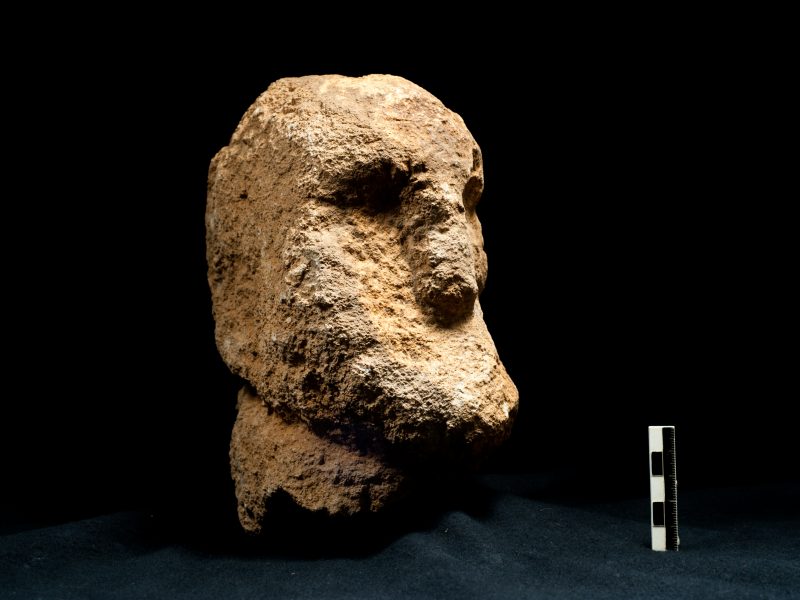
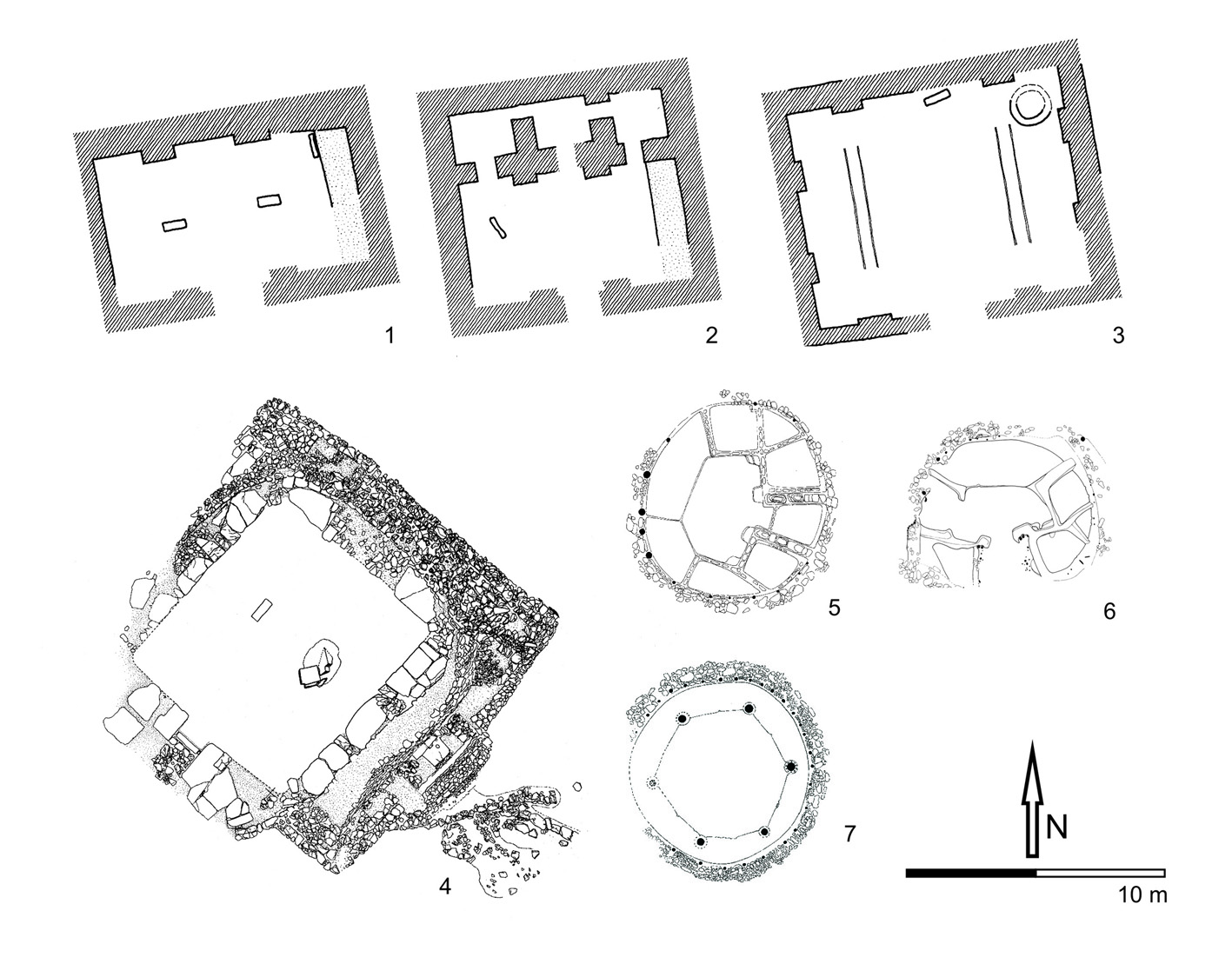

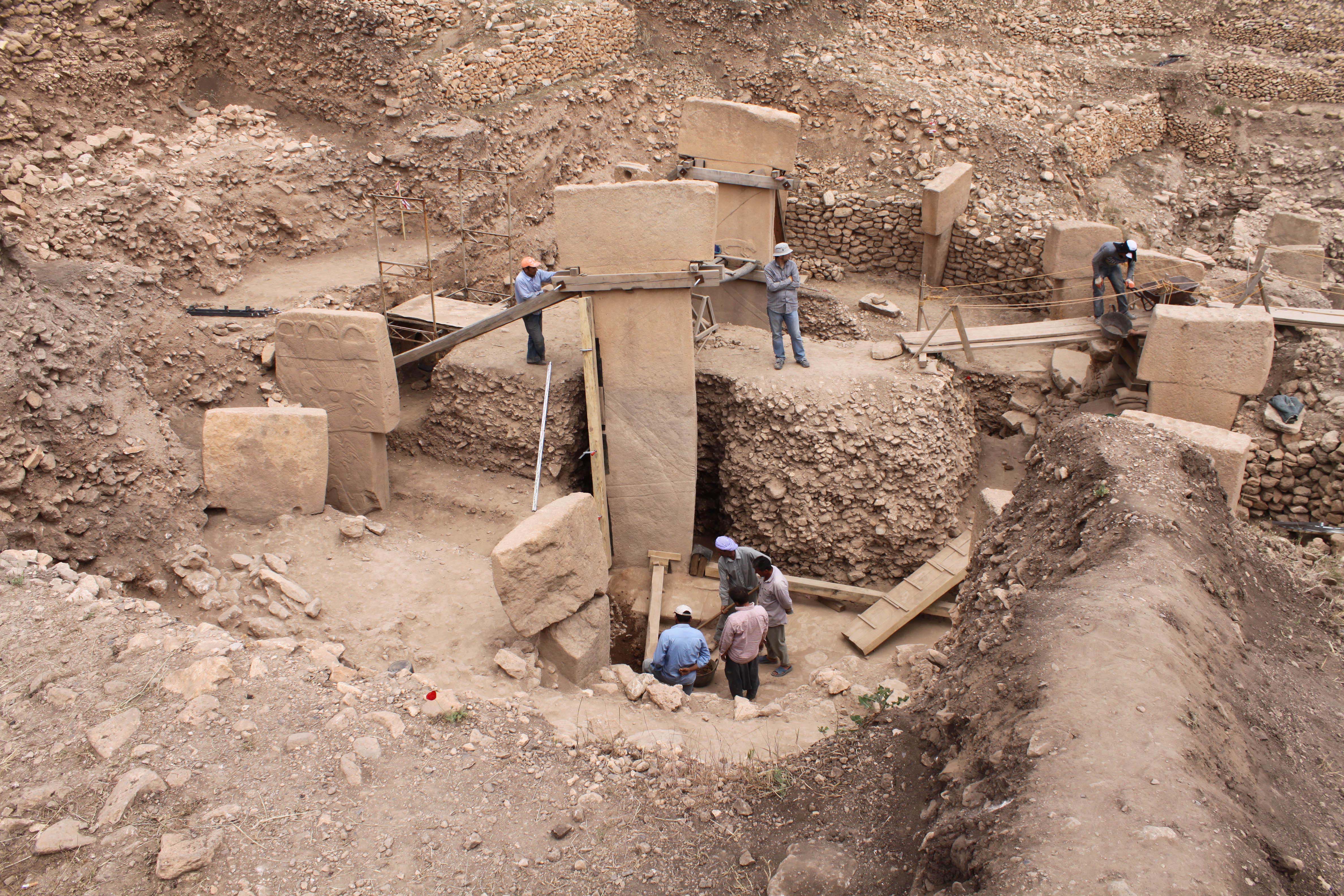
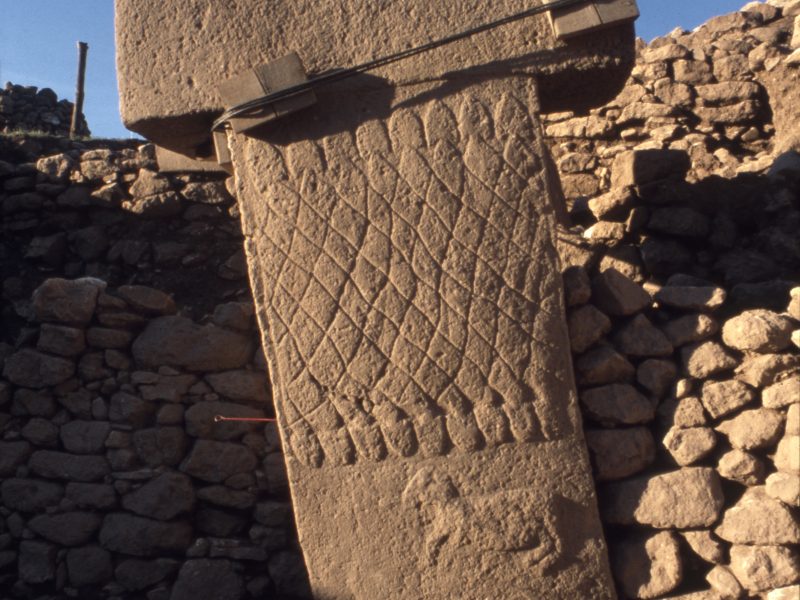
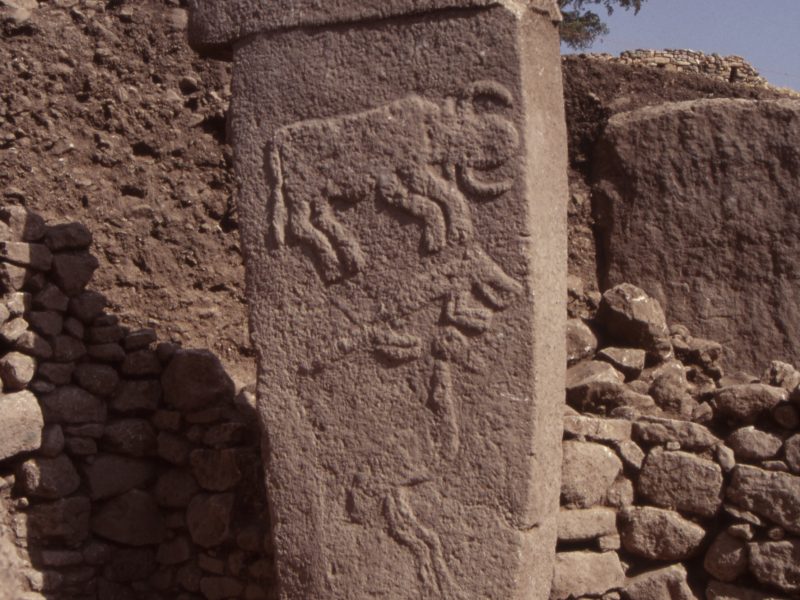


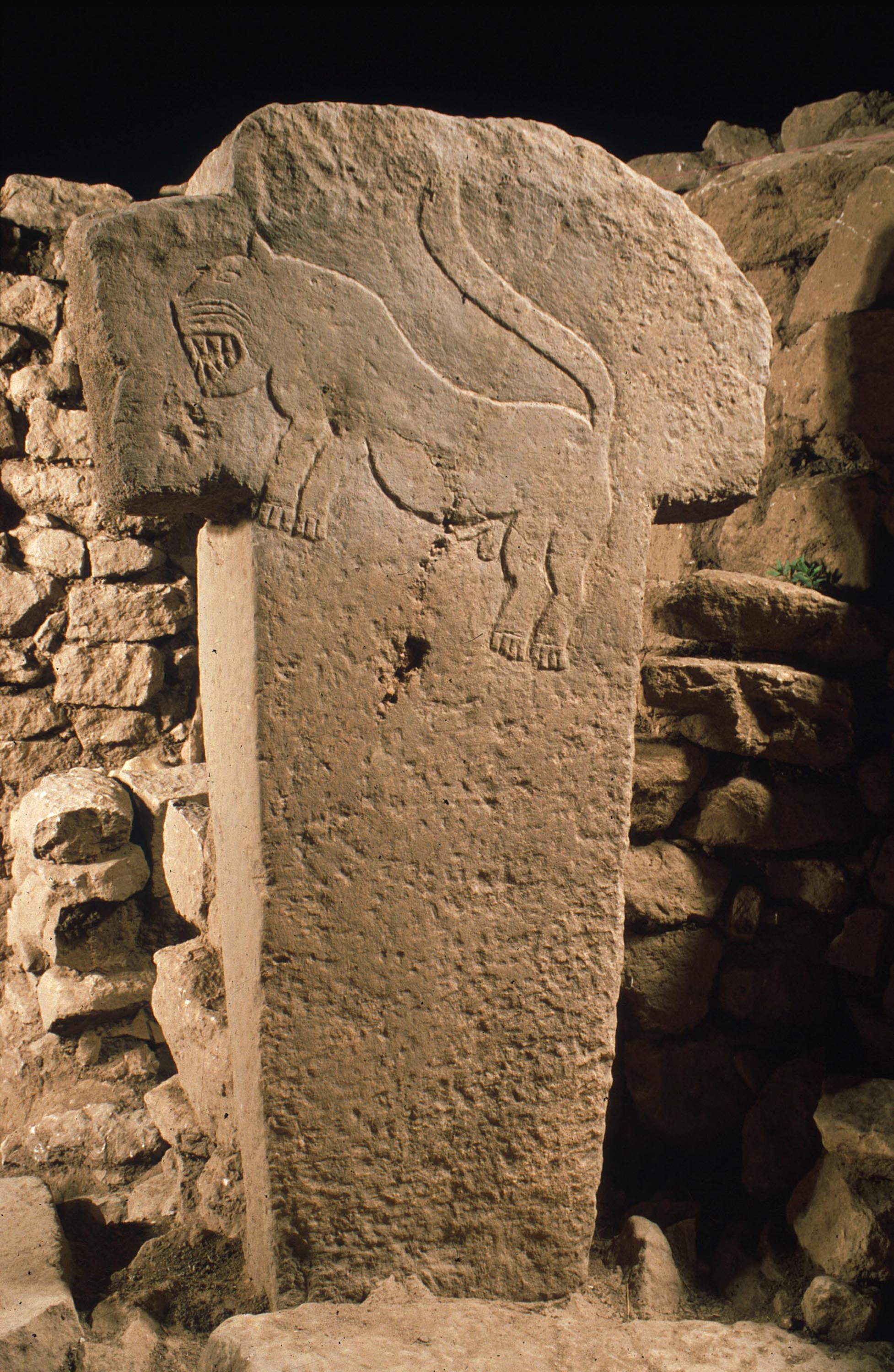


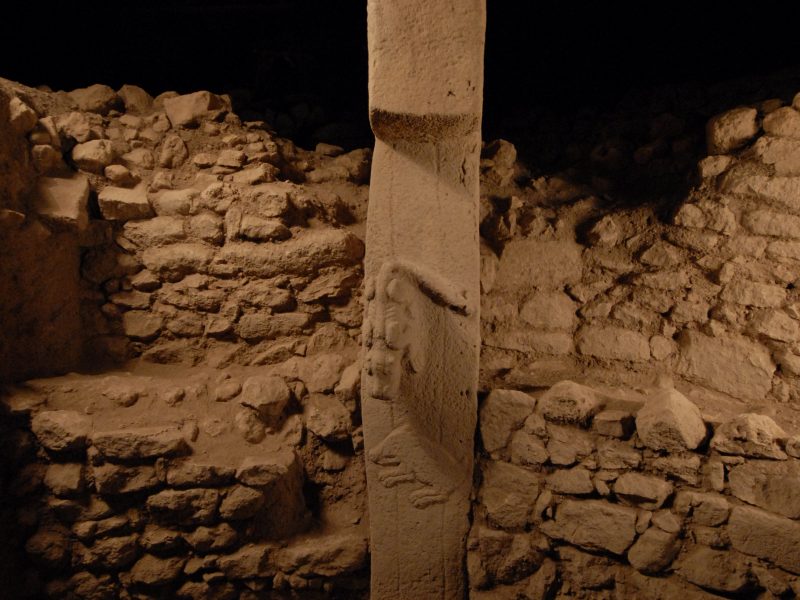
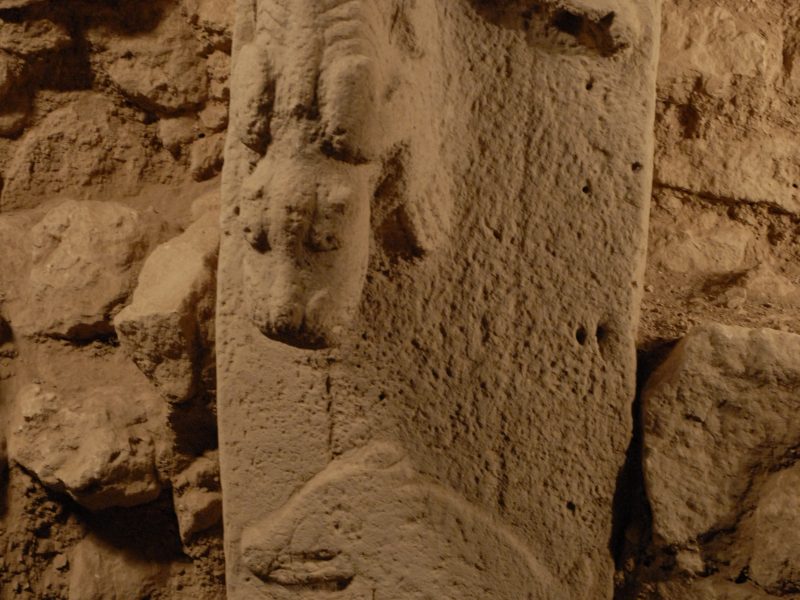



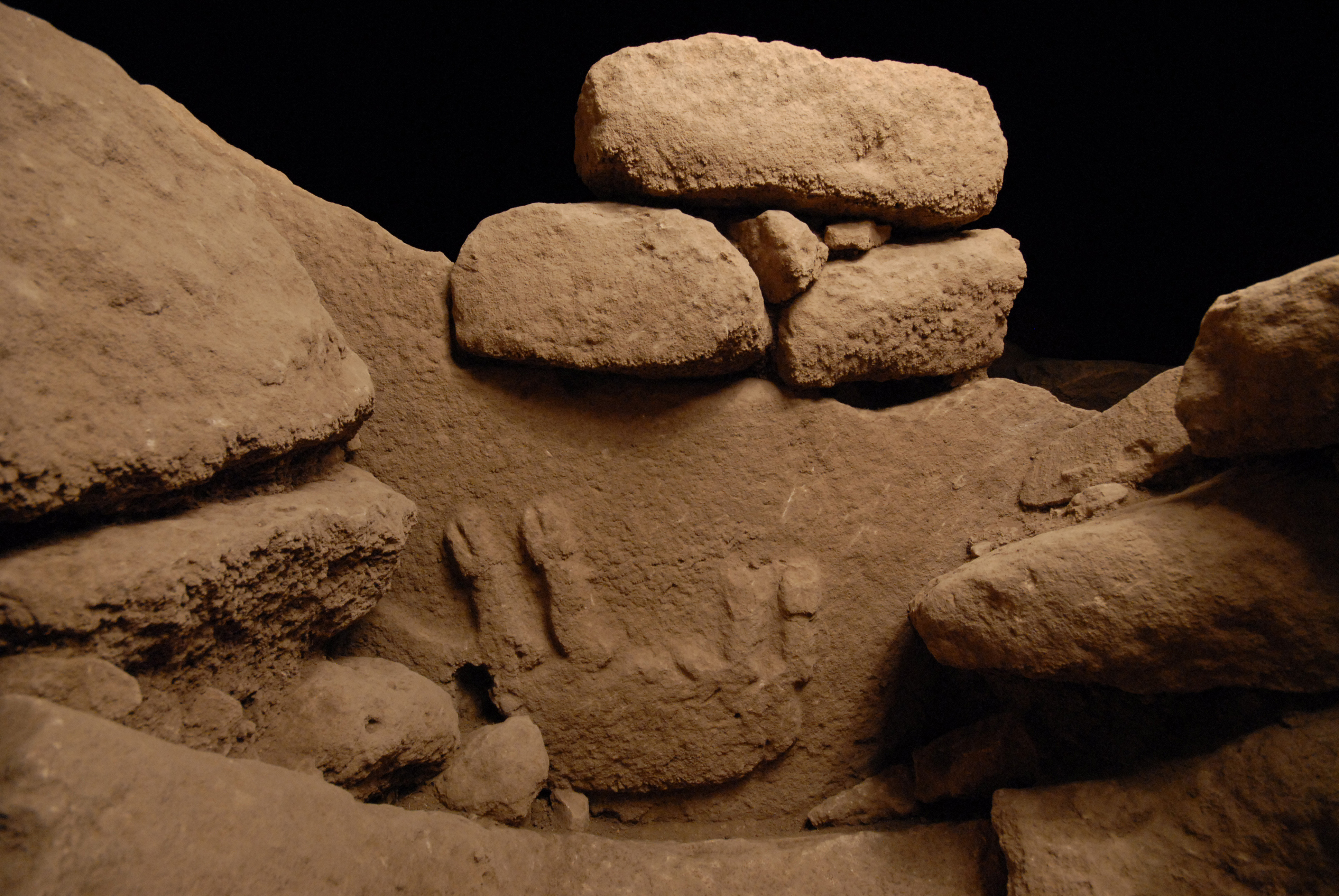
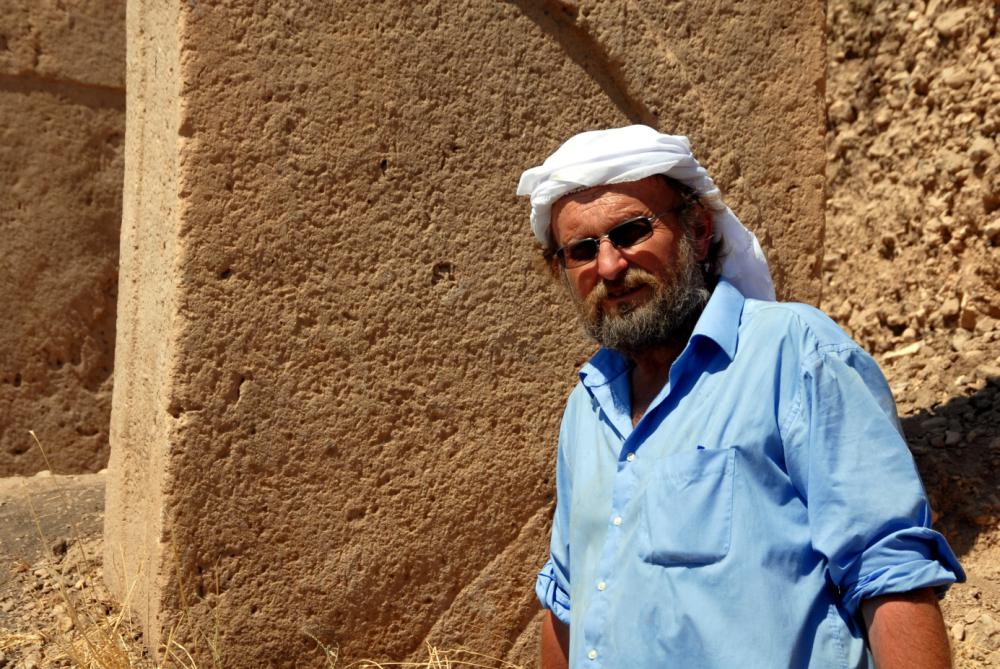
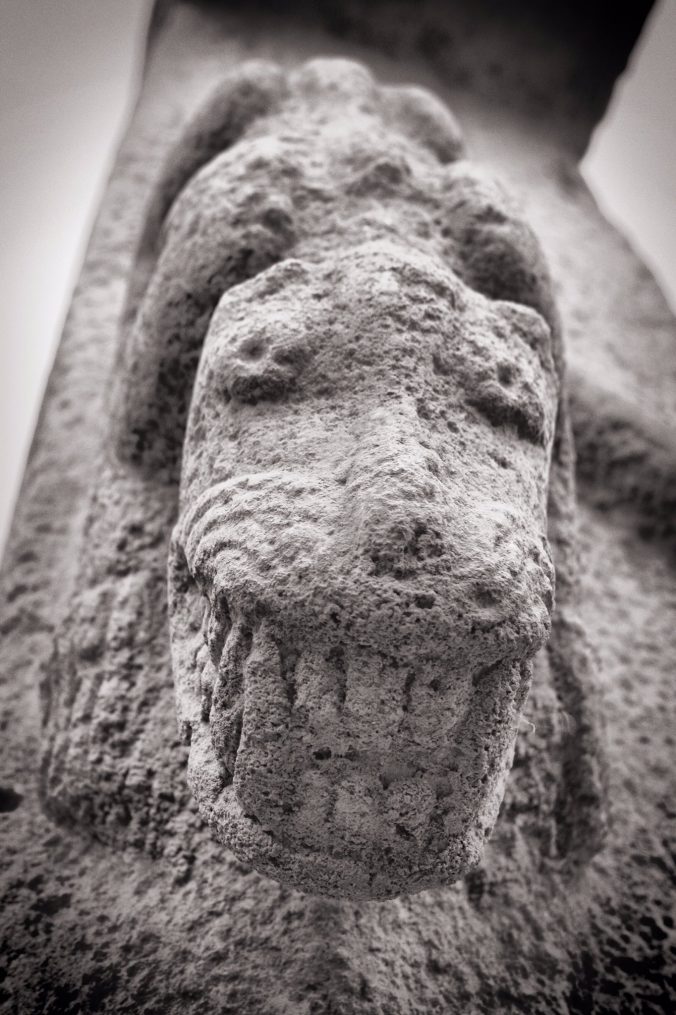

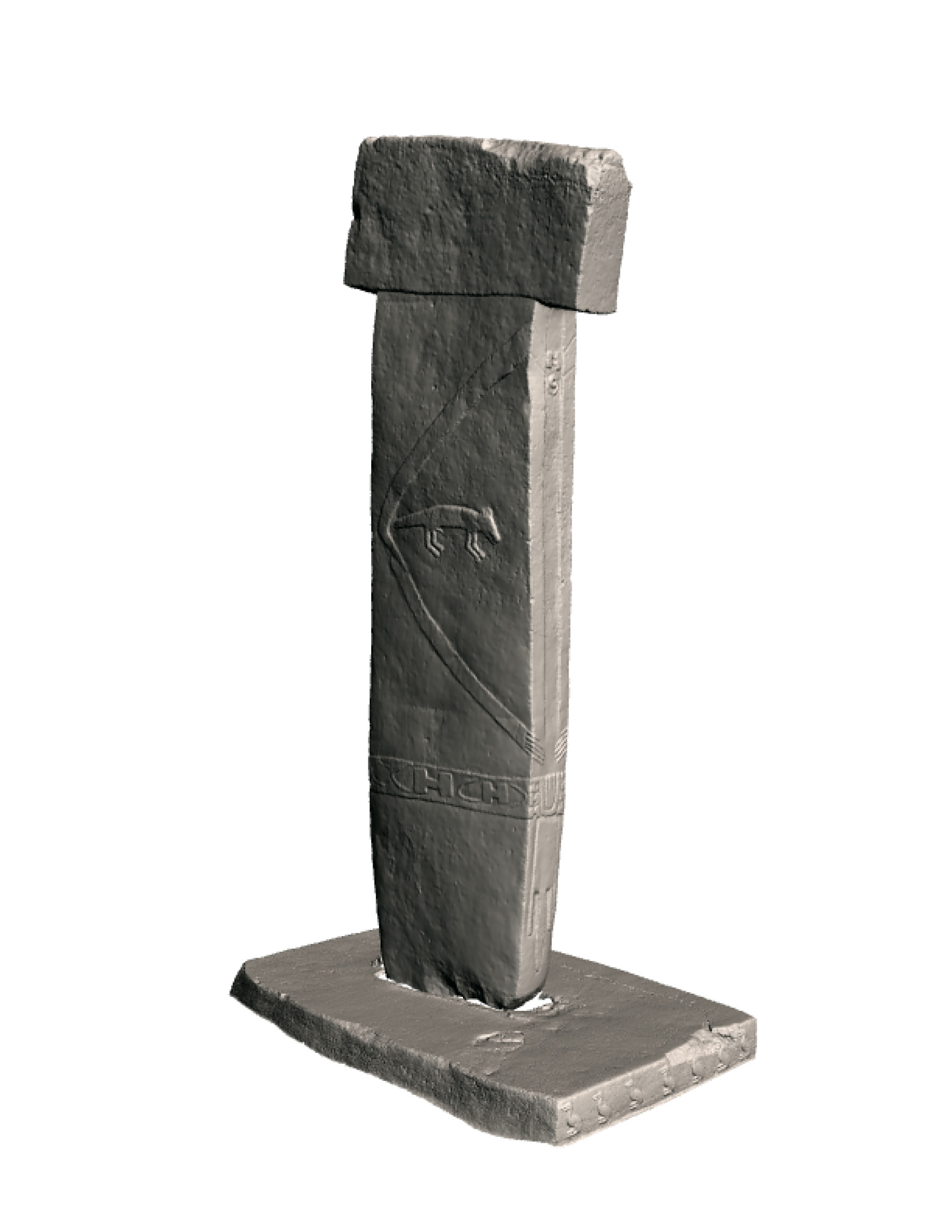
Recent Comments